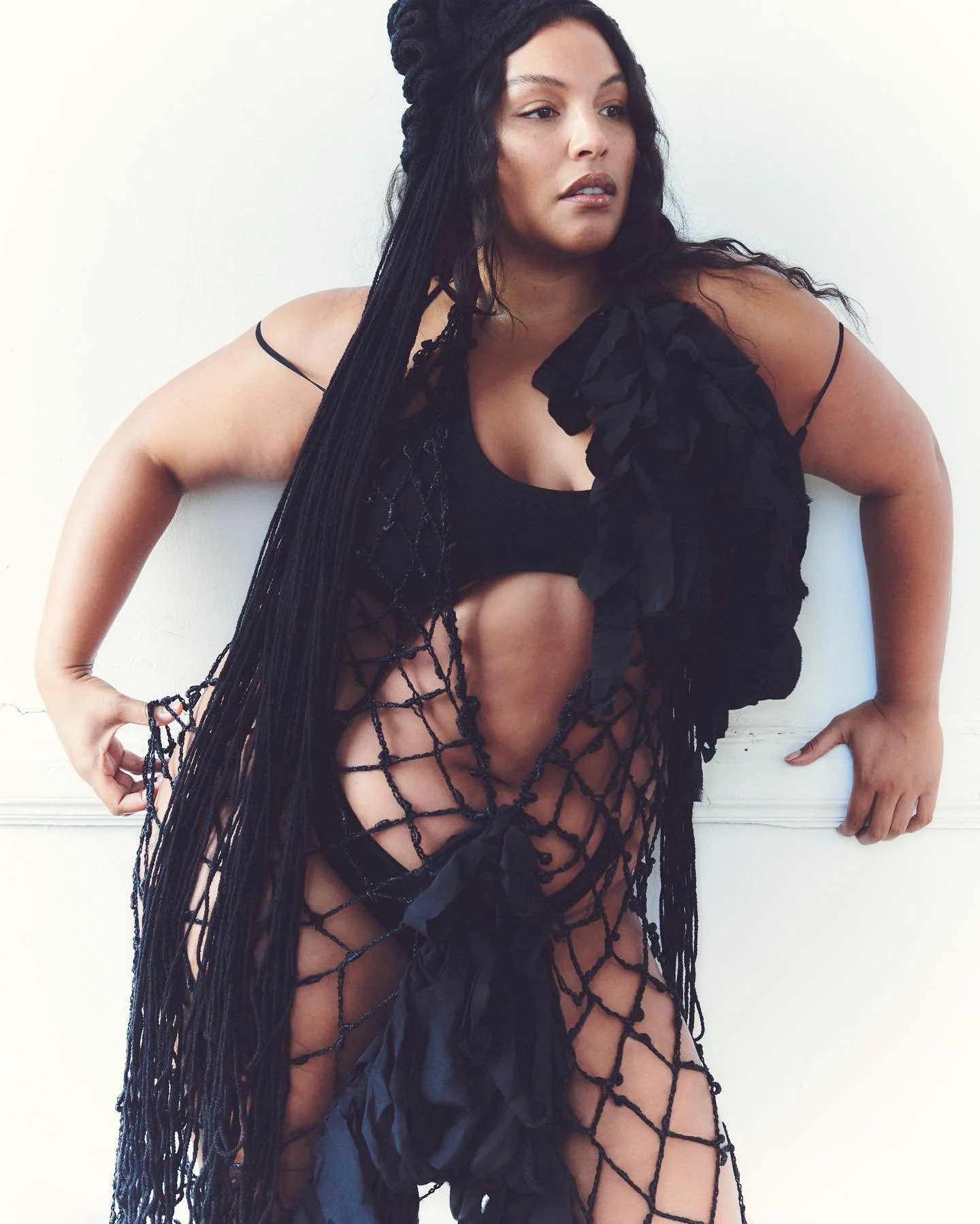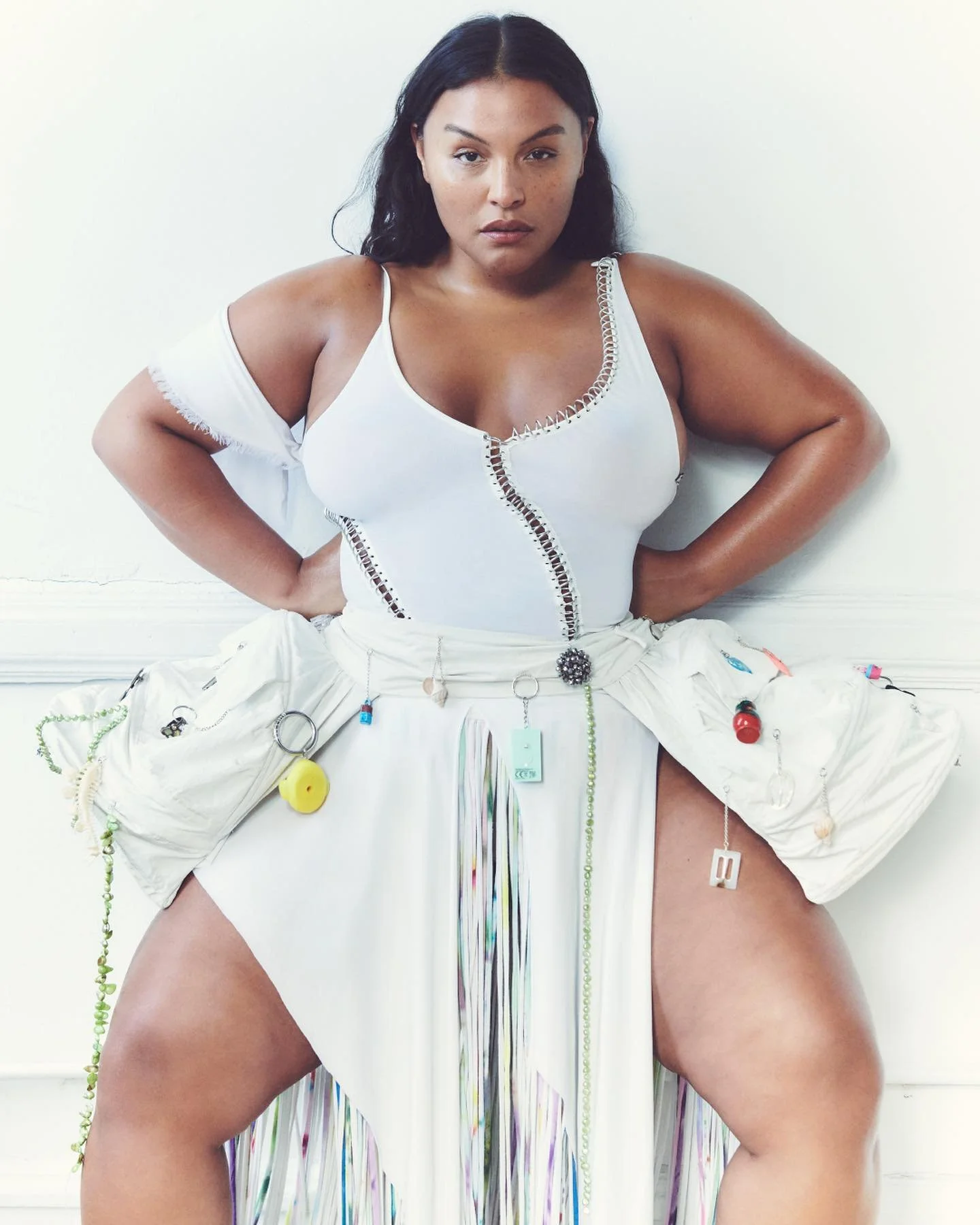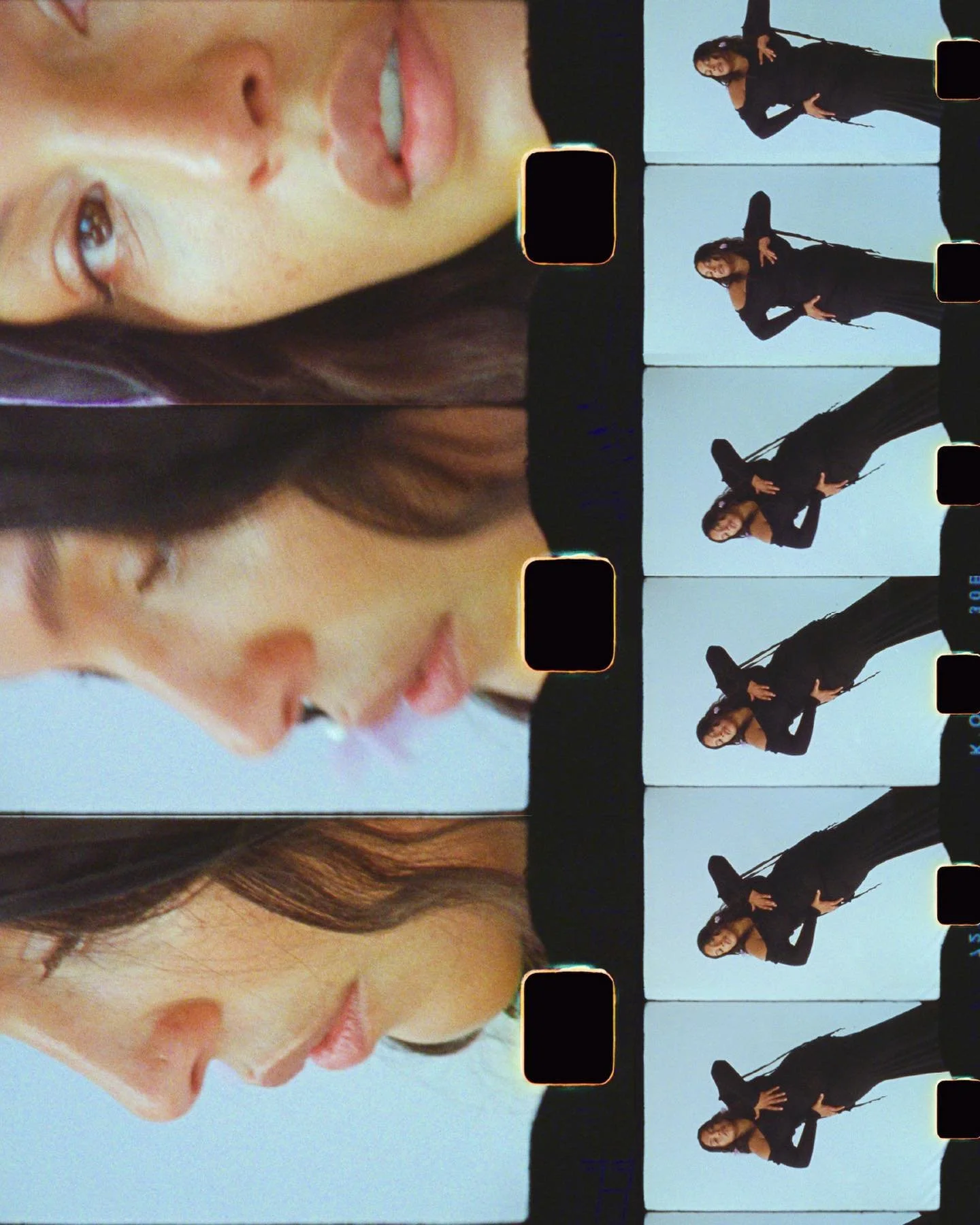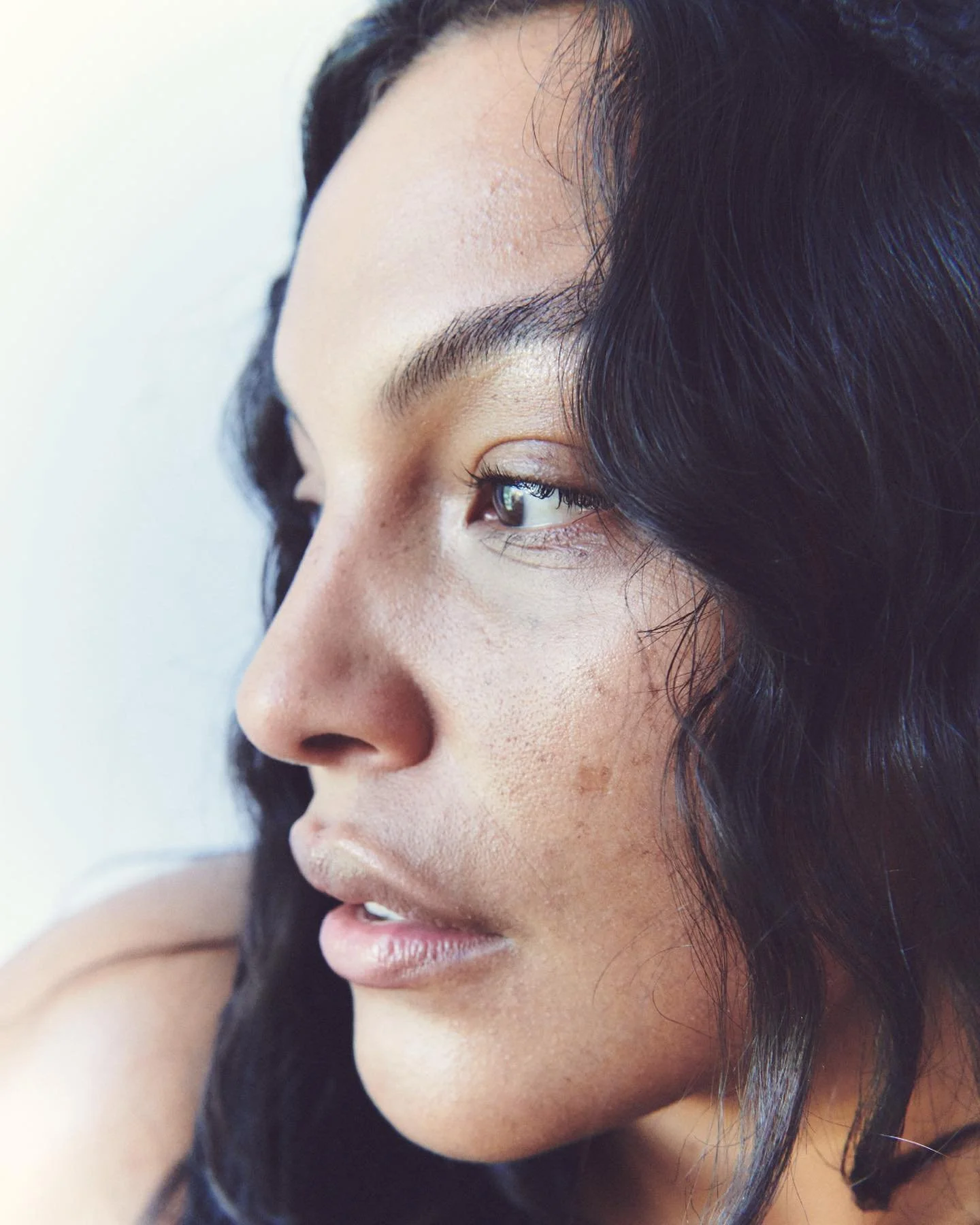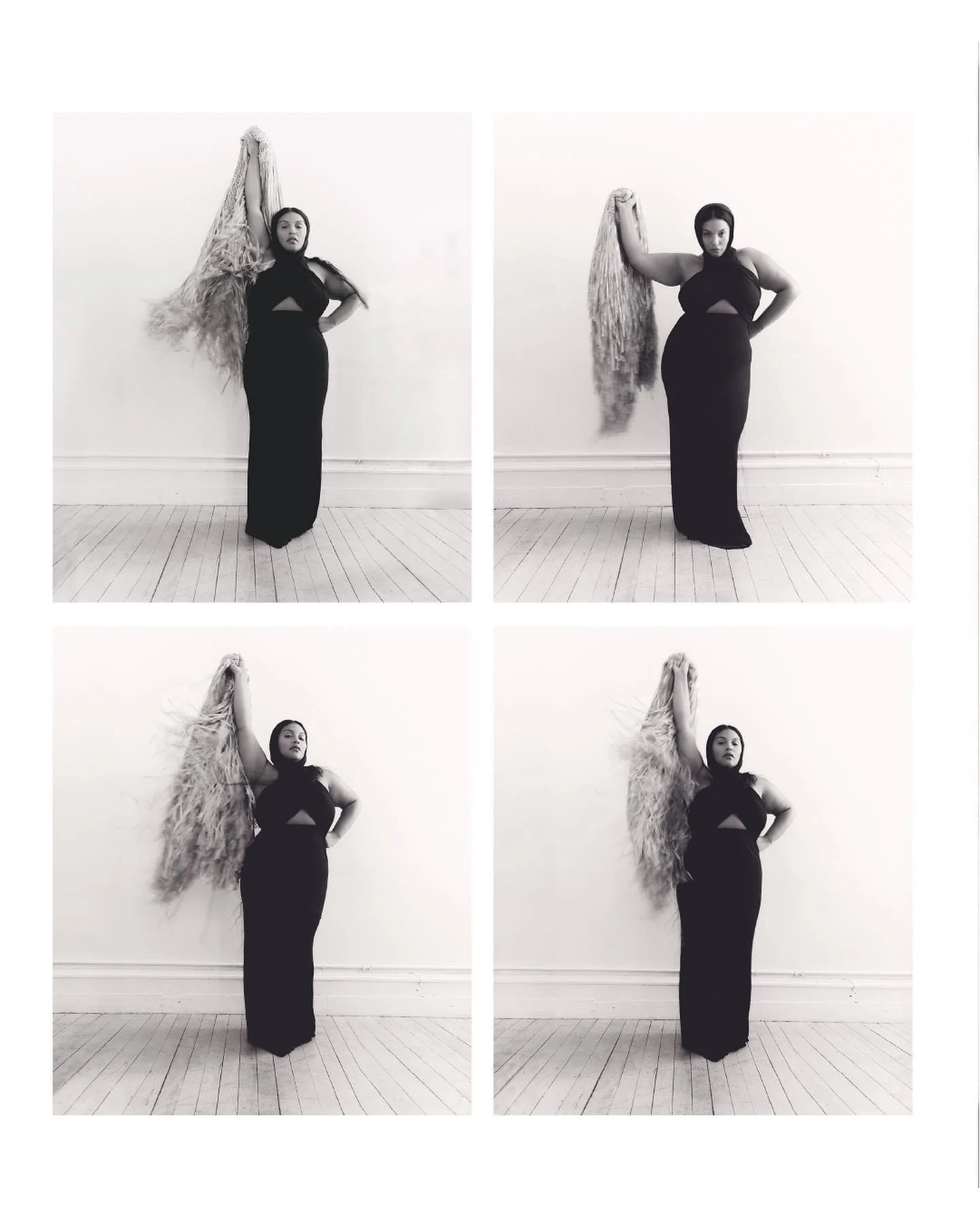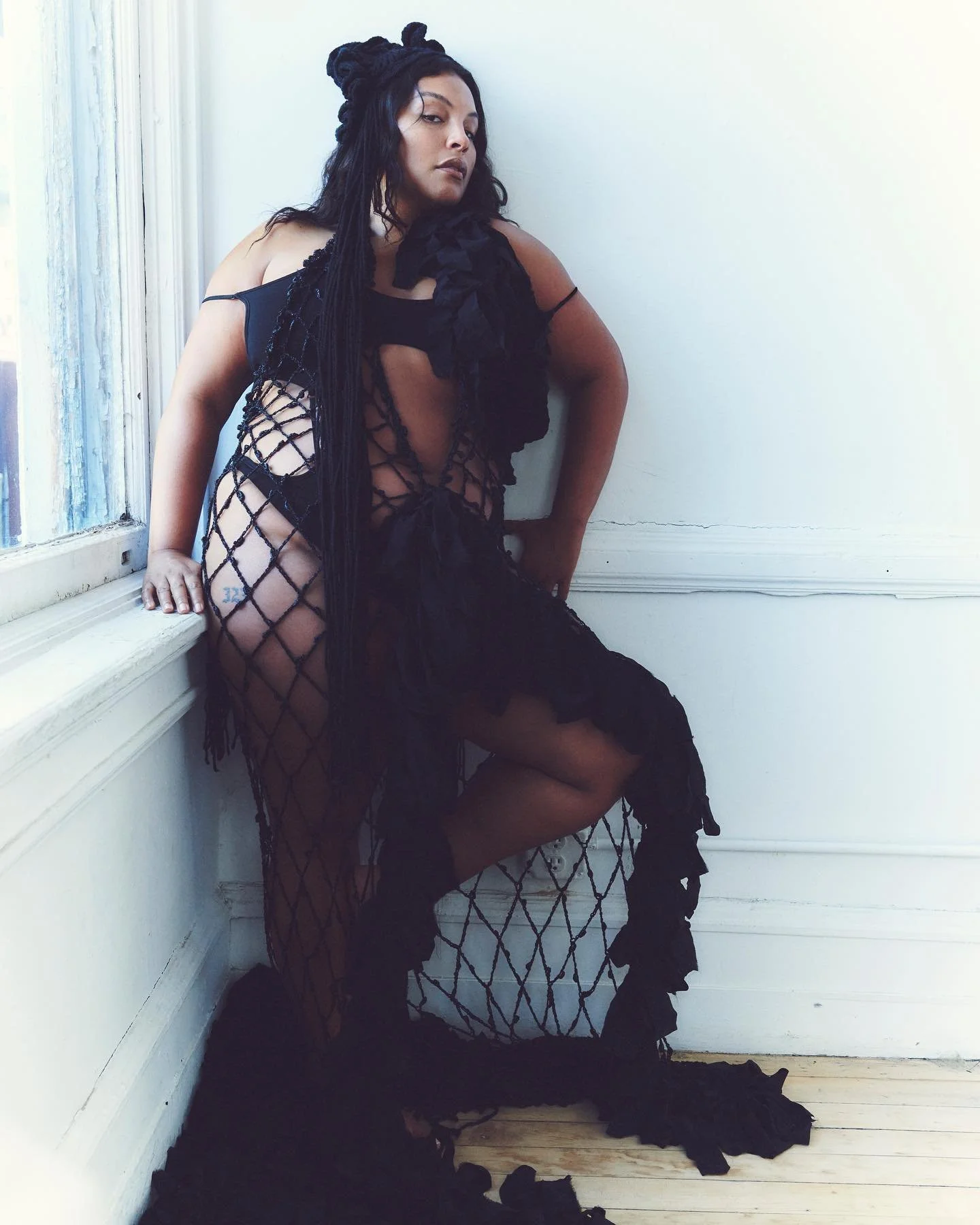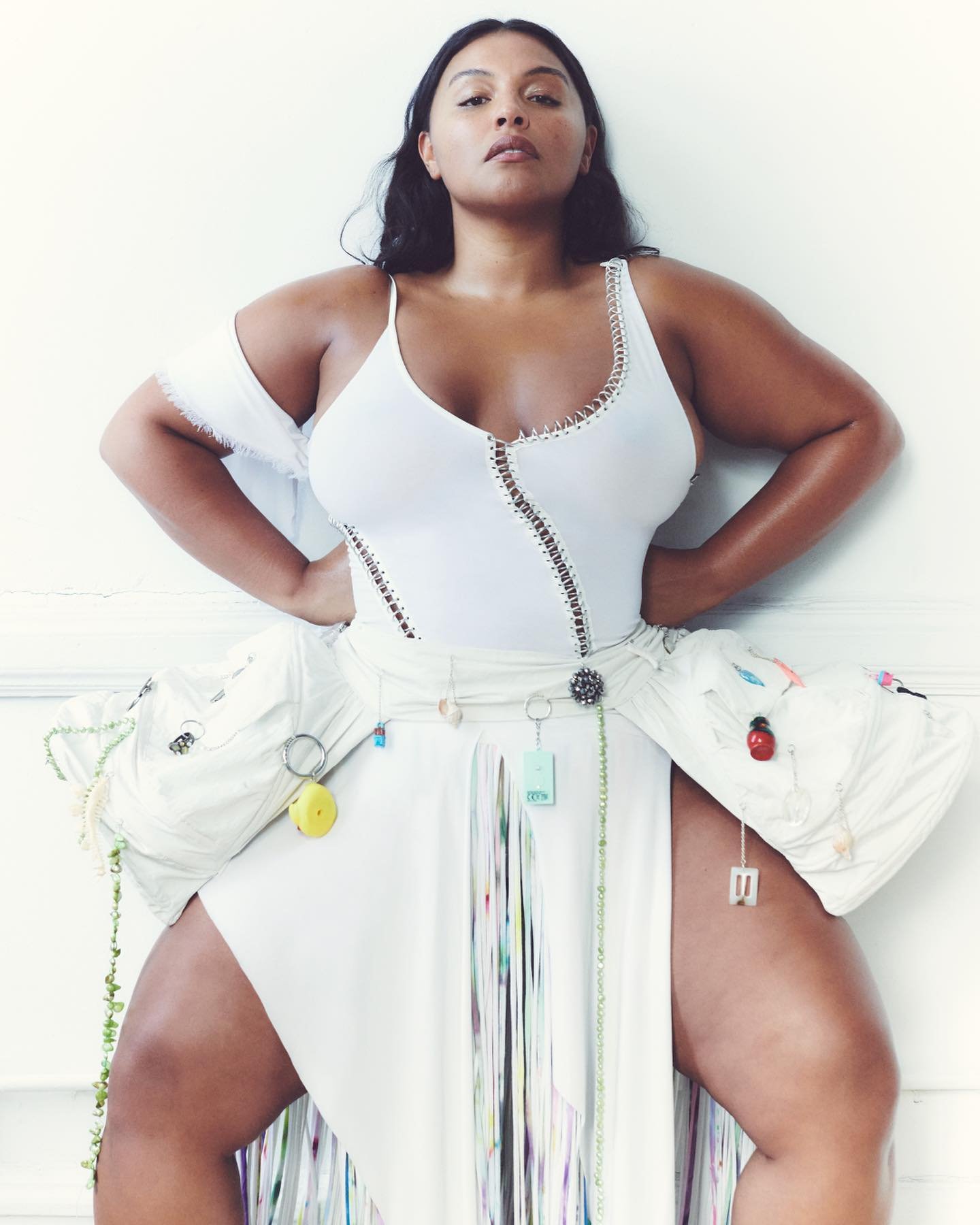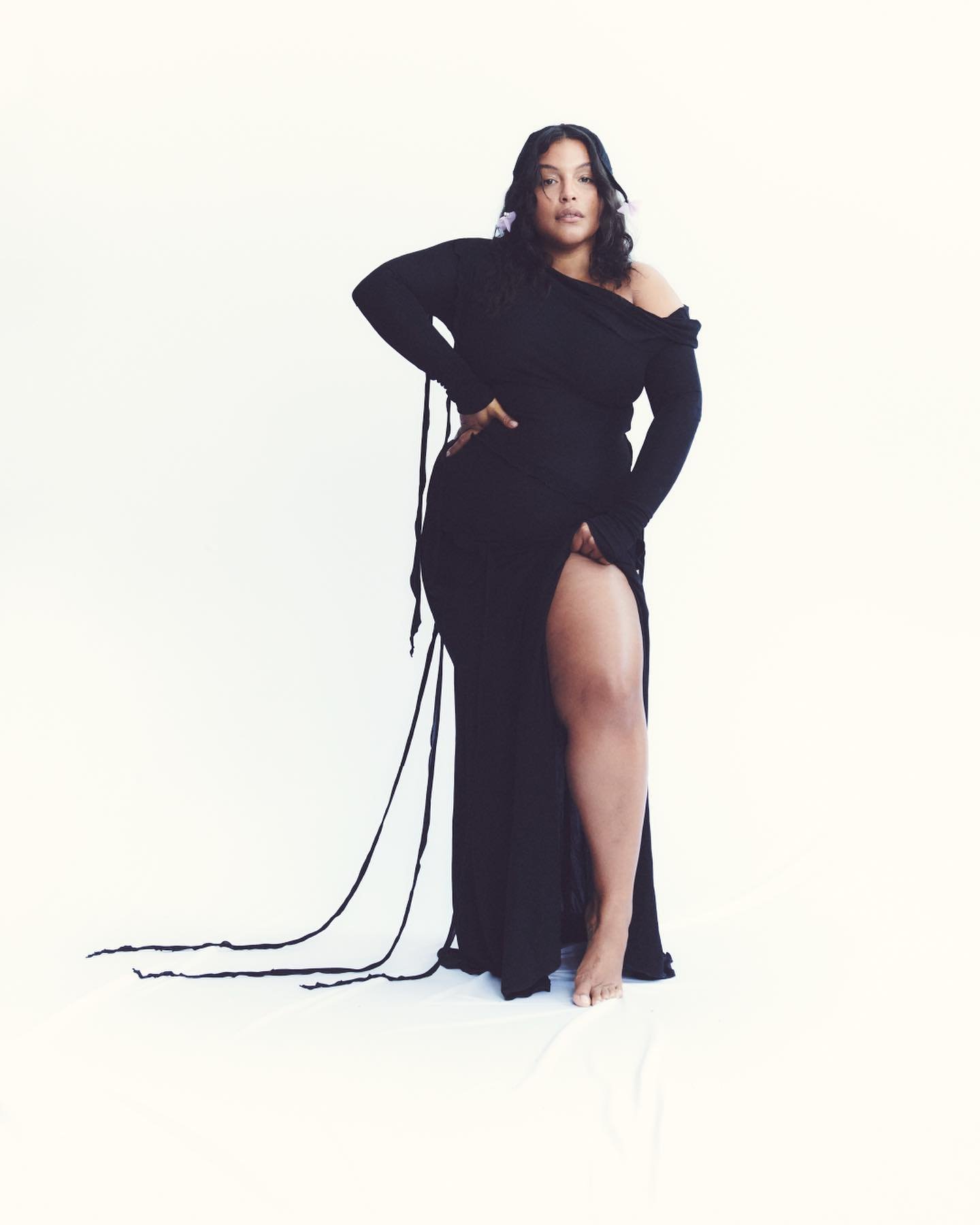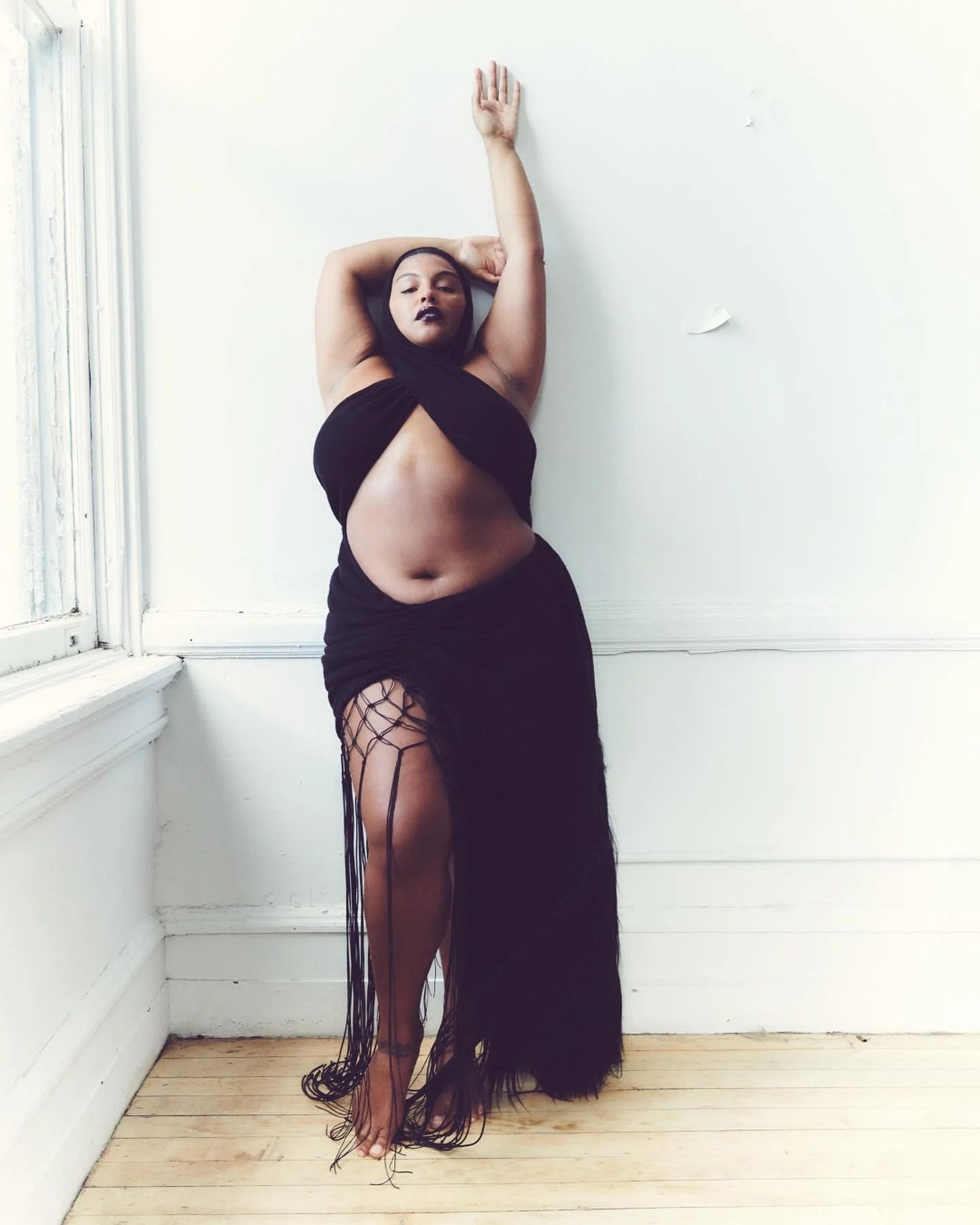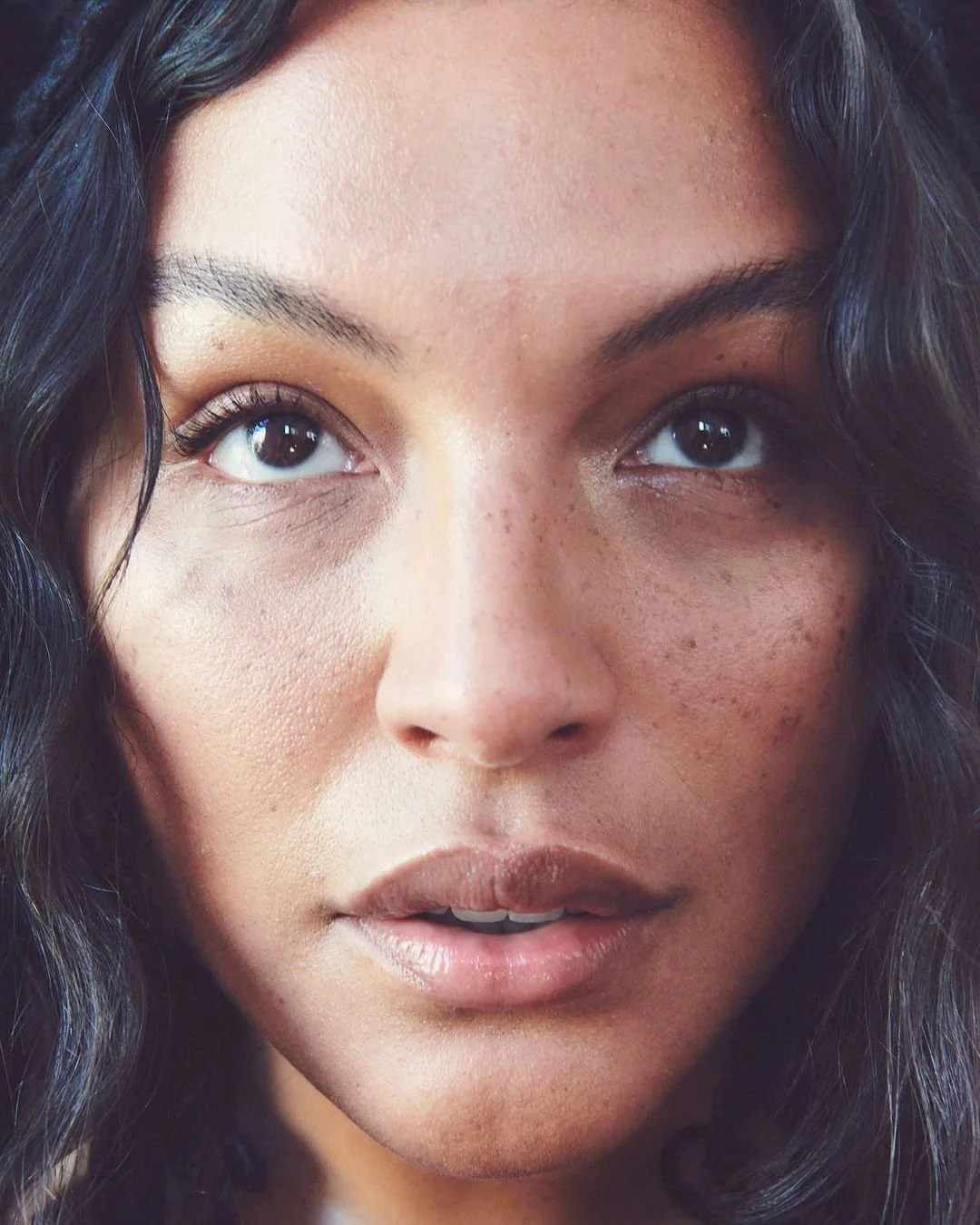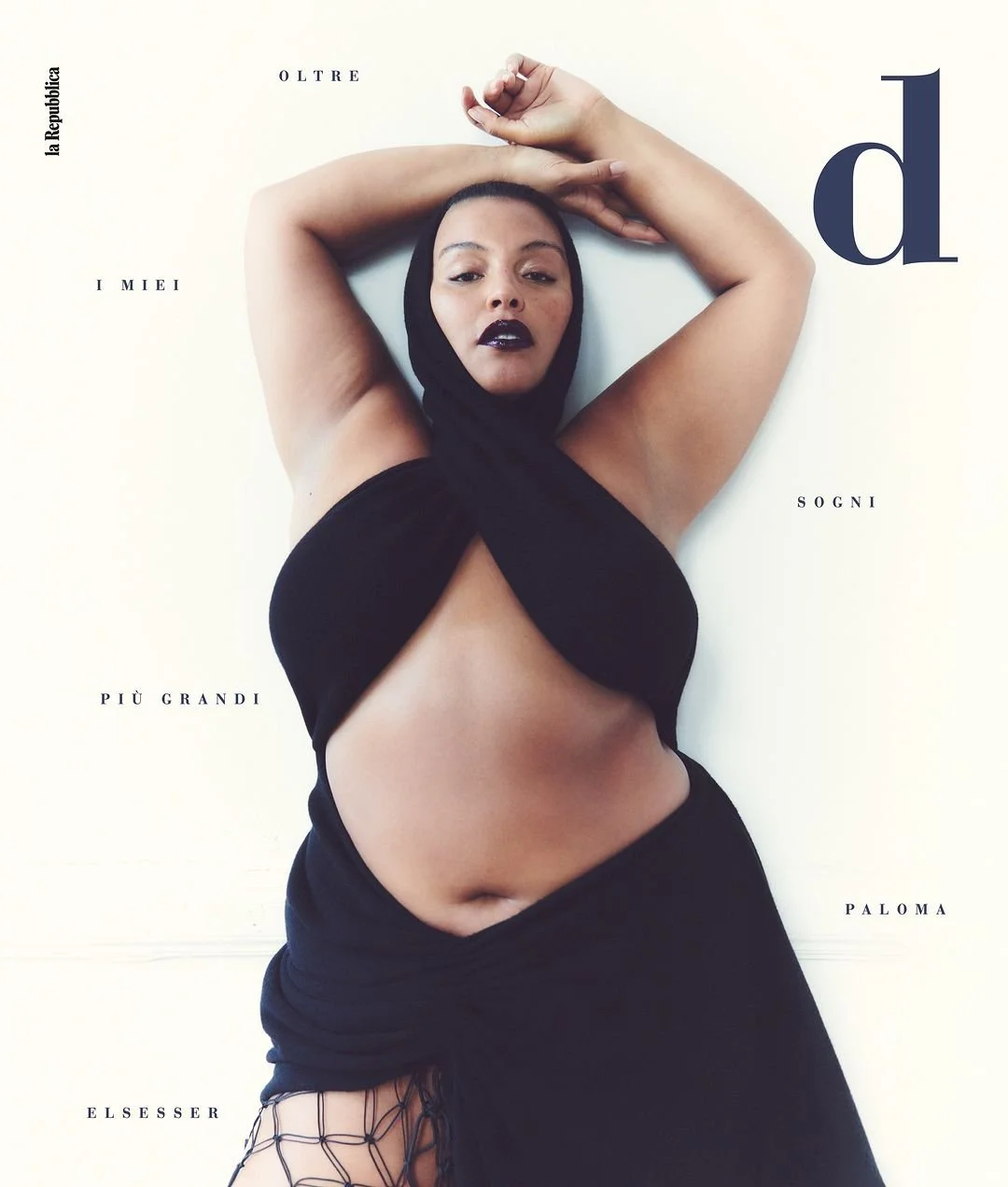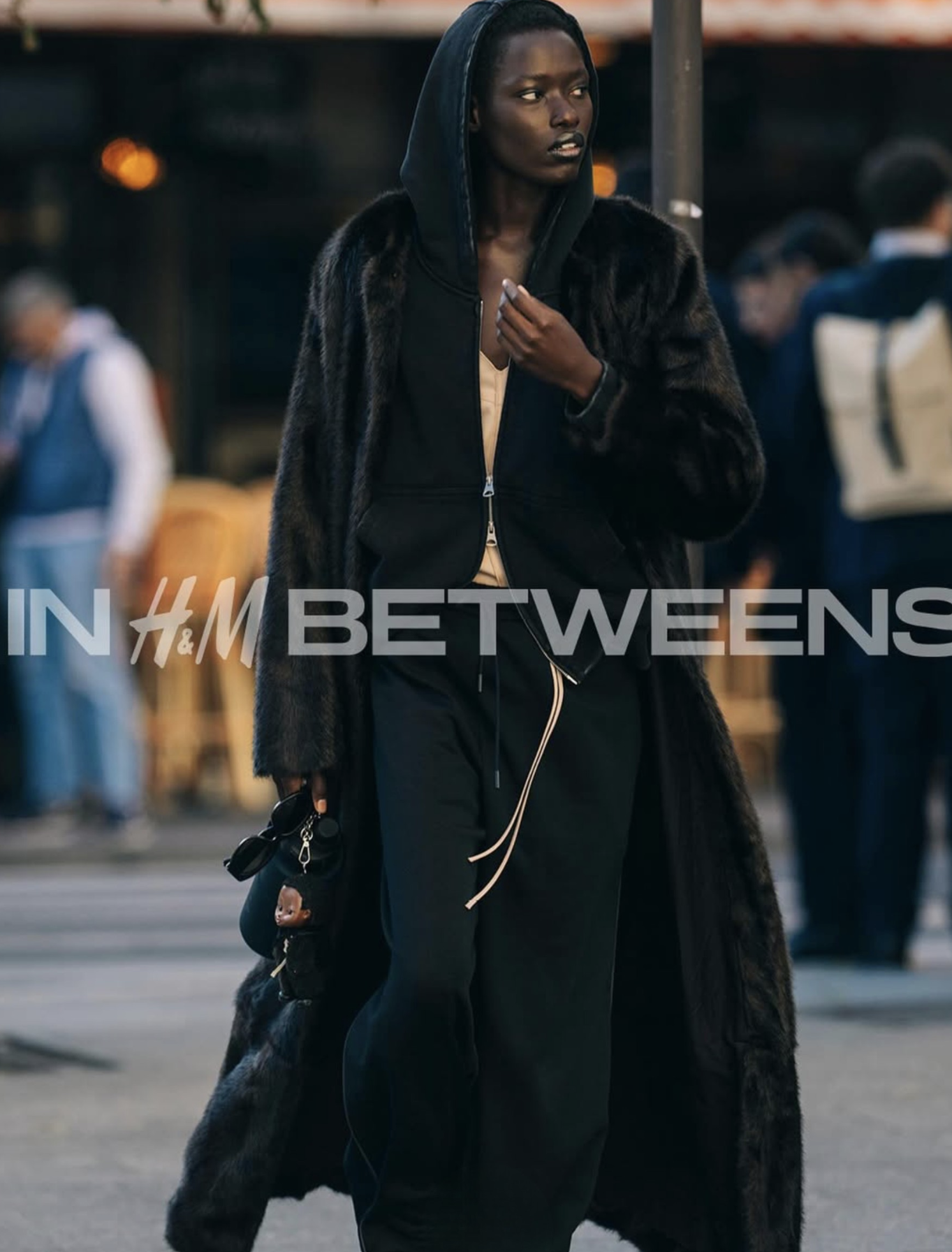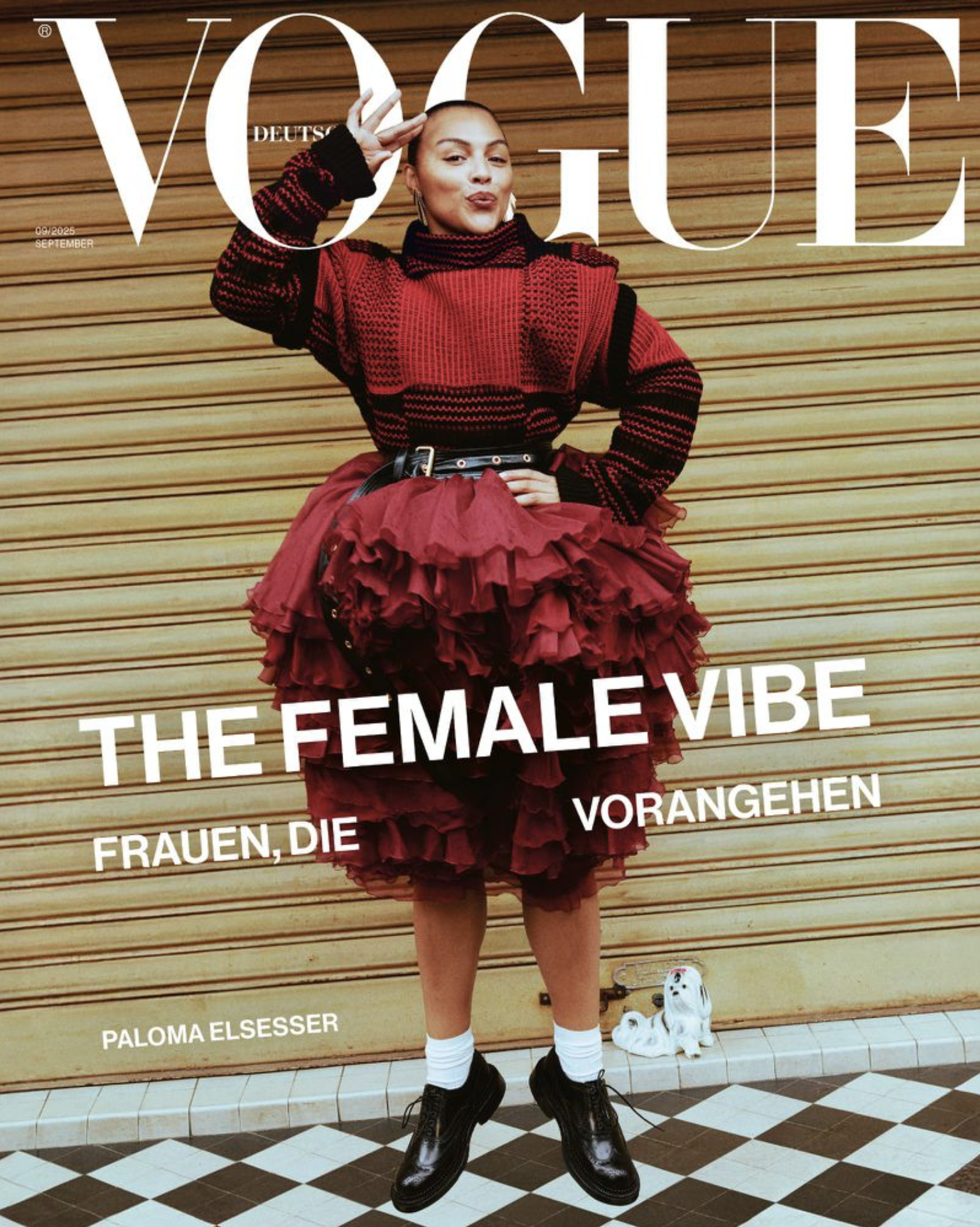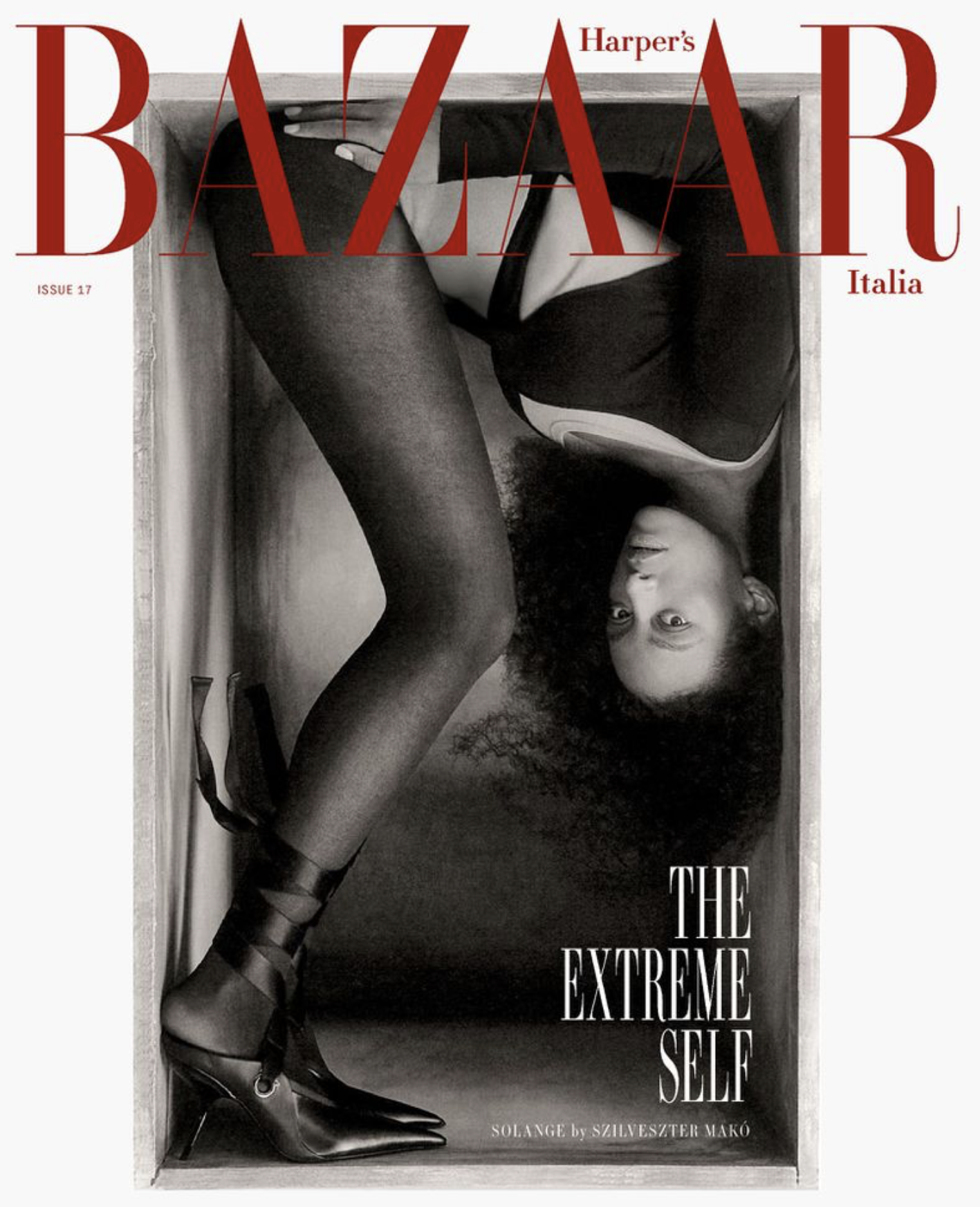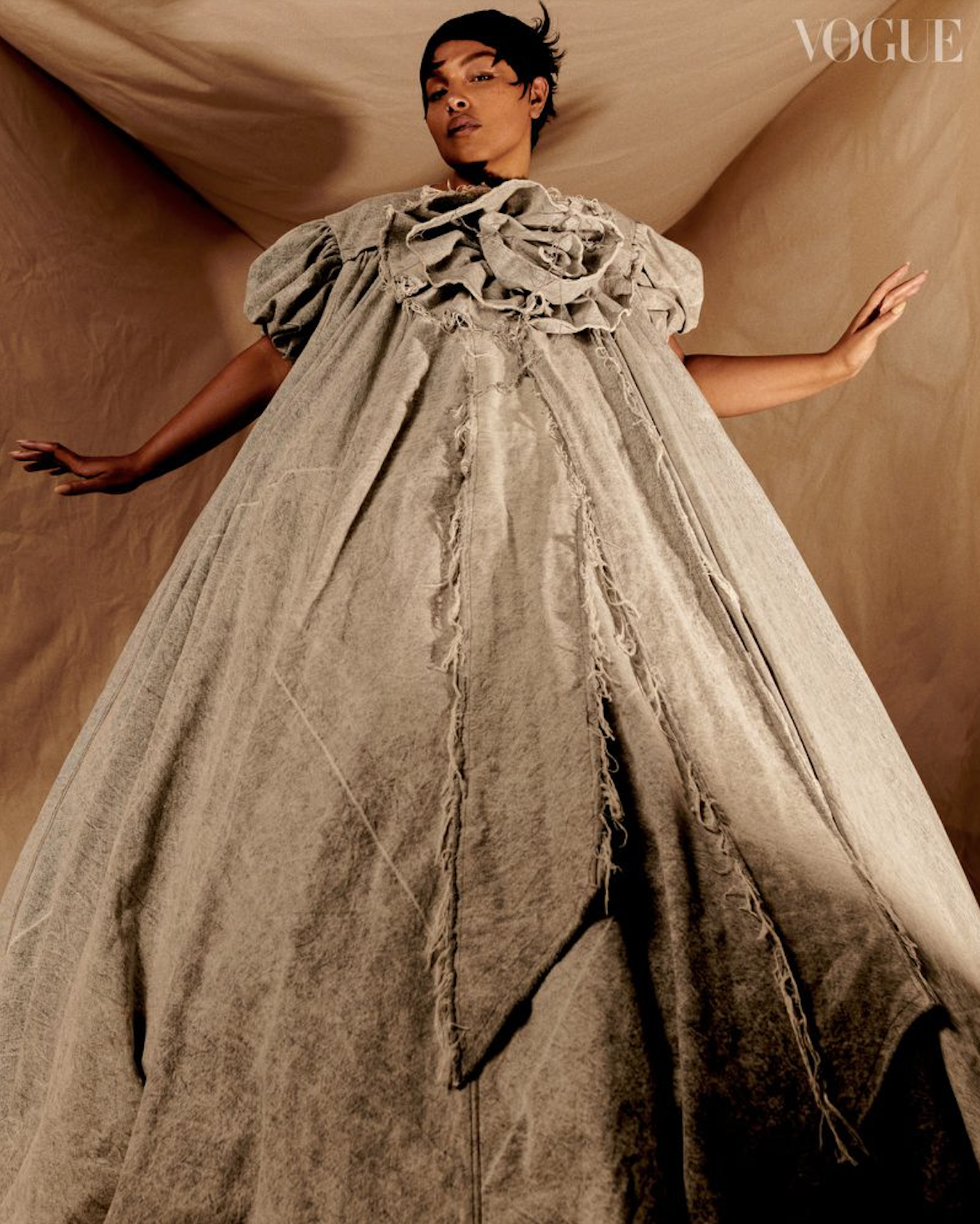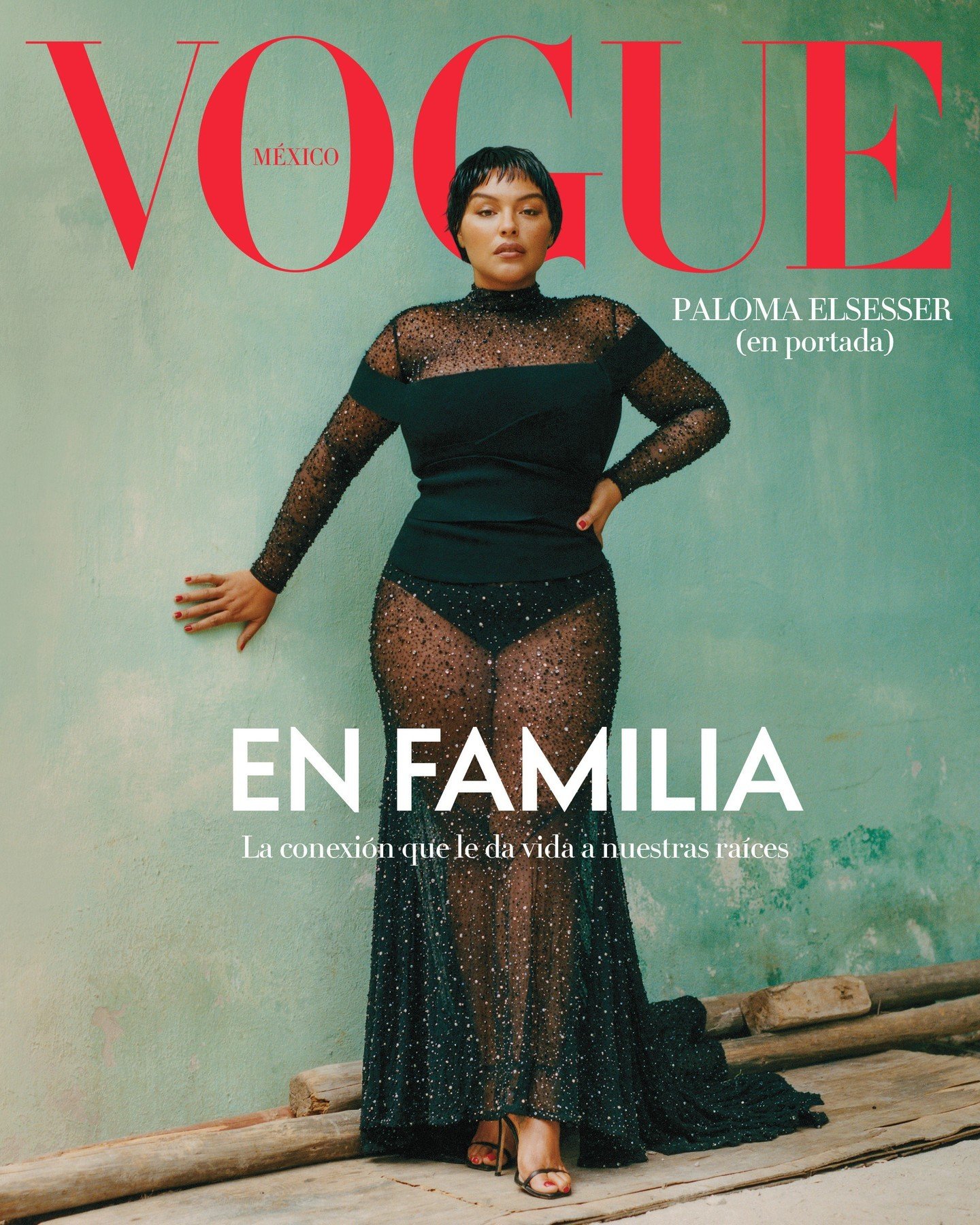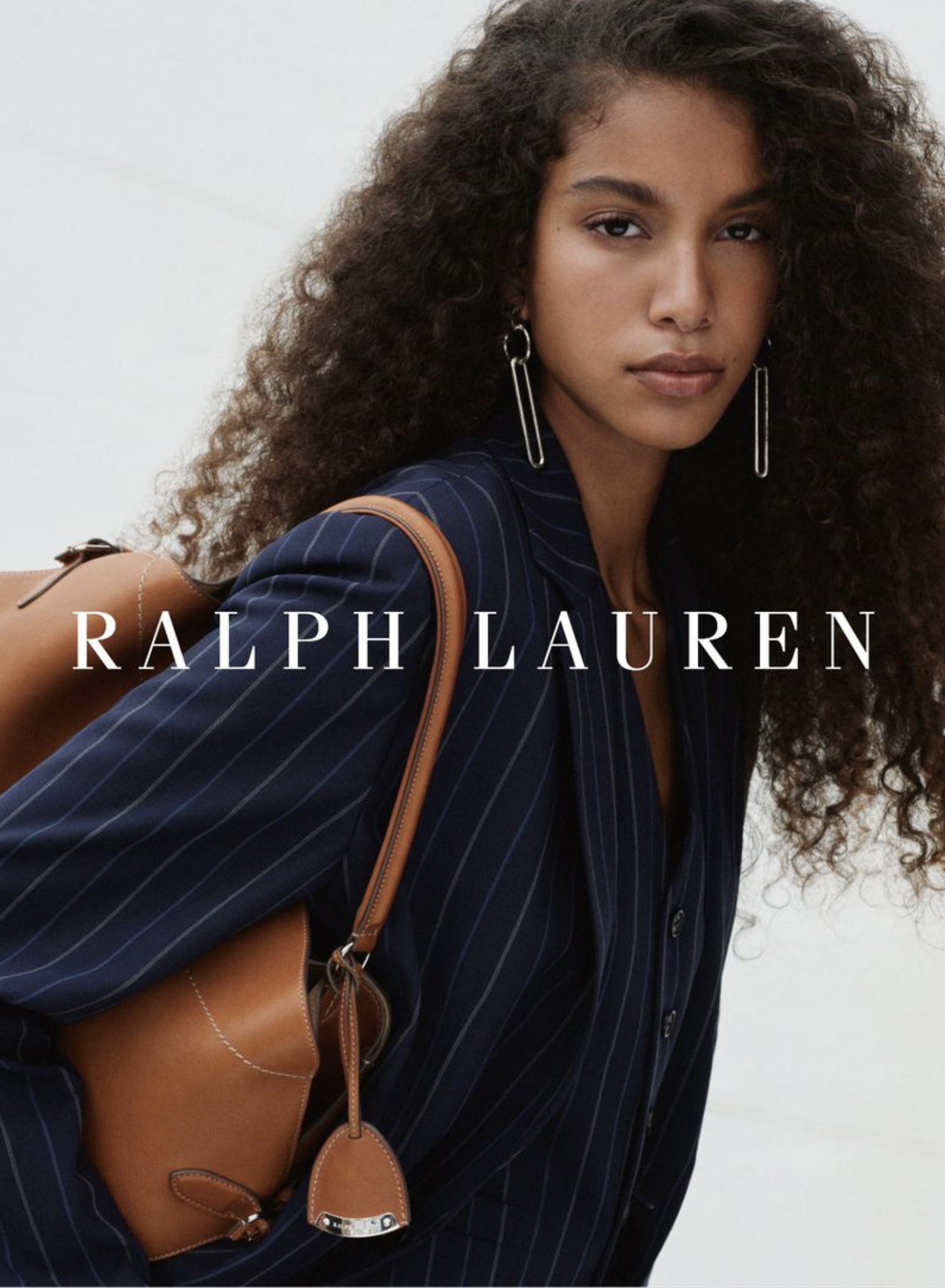Paloma Elsesser Wages War on 'Fatphobia' in D Repubblica May 19 Cover Story
/Supermodel Paloma Elsesser covers the May 19, 2023 issue of D Repubblica, styled in a wide range of sensual, dark beauty looks by Laetitia Gimenez Adam.
Luxury labels including Blumarine, Dolce & Gabbana, Maison Alaia, Niccolò Pasqualetti, Saint Laurent by Anthony Vaccarello and more join forces with Paloma in designs that do not contain the female body.
Photographer Pablo Di Prima [IG] is in the studio./ Hair by Matt Benns; makeup by Marcelo Gutierrez
Paloma Elsesser is waging a war against fatphobia, saying:
"It's absurd that such a large percentage of people are excluded. Who can think that fashion only interests thin people?". "I want to get the message across that even if you're imperfect, you can have the life you want," she explains. And here she talks about the days on set when you don't have "that" size, the hypocrisies of the system and that time at the age of 8 in Gap's dressing room ...
The World of Thin Rich Women
AOC responds that this subject is deeply embedded in subjects of control over women’s bodies and also class. Luxury brands with $3000 dresses might also say that their business is about dressing their clients.
Rich women work very hard to be thin for many reasons related to a healthy lifestyle. Thinness is also a sign of social status that has nothing to do with health goals.
As recently as last year, a very rich man who I’ve known for a long time made his expectations about my dress size very clear. He’s a moderate Republican who loves my being a progressive Democrat. My not being a sweet young thing is not his concern for one moment, and he is younger than I am.
This man insists on one and only one rule — dress size and exercise. Because it’s also about his world and his friends and business colleagues — all of them dressing their wives and partners in top luxury labels. I am a reflection of him in these settings, and he is not worried about my hurt feelings when he is blunt on the subject of dress size and my agreement that I will not gain weight.
He is not alone in his expectations in his monied set.
I am writing words that luxury labels cannot say. And — of course — many successful women can afford to dress themselves in these labels on their own terms. That’s one way to avoid what Paloma calls fatphobia.
Adding Extended Sizes Is Great But Are They Profitable?
My only point is that the totality of this topic is much more complex than we want to embrace.
Paloma is great at reducing the battle to one of representation — that it’s the obligation of brands to make all women feel good about themselves. From Paloma’s perspective, if I care about fashion — and even if I never have the income to afford your clothes — you have a moral obligation to help me imagine myself in your clothes. You do that for me in your marketing images and by having my sizes in your store if I walk through the door.
Because if I can’t see it — I can’t be it.
D Repubblica makes the argument
“If you fall within the lucky percentage, it's easy to forget what it means to feel represented: it's easy to find yourself in a film, a cover, a role, a job, and take it for granted. The non-standard bodies of Western beauty have long been too visible – and too little. In many ways it's still the same today, but there are people like Paloma Elsesser who aren't just questioning the system: they're changing it.”
The Failure of BodEquality
This new article focuses on many non-luxury brands, but even in the lower cost category — specifically Old Navy’s BodEquality — returns on investment aren’t there for brands. I’ve read this discussion in multiple articles in recent years and again this morning.
Note also that demands that OldNavy change course and continue on with BodEquality generated only 26, 325 signatures against a goal of 35,000 on Change.org. Not impressive.
Non-luxury retailing is having major struggles with keeping their businesses solvent. But in the case of BodEquality, a new challenge I’ve not read before, has entered the convo. Brands should invest years of losing money to earn the trust of potential plus-size customers. I will also add, even if you are trying to achieve new sustainability goals that require major financial investment.
Thank goddess we have been very successful from my viewpoint, in making huge inroads in changing the skin colors of our models. I know TFS is counting on the runway, but I do not see it at a luxury level. We all know AOC is inclined to promote models and creatives of color. But imo we have made huge progress as an industry, and we must hold the line — while advancing talents from India and Spanish-speaking nationalities and expanding Asian representation. Luckily, magazines like Vogue China seem to have no problem with gorgeous Black models.
Old Navy’s initial BodEquality line was “probably one of the largest and most comprehensive that we’d ever seen,” Nadia Boujarwah, CEO and founder of plus-size apparel site and styling service Dia & Co, told Modern Retail. However, expanding into plus requires a certain level of “thoughtfulness,” she said, and brands may have unrealistic expectations about making sales.
“The truth is, when you make an investment that large, you expect to see large returns and quick returns, and neither of those things are realistic expectations in the short run,” Boujarwah explained. “I think what most brands and retailers underestimate is how long it can take to re-earn the trust of plus customers who haven’t been able to shop at your brand, historically.”
Let’s Get Real! Anne Has an Idea
It would be better for brands and leaders like Paloma to have more in-depth, honest conversations around this issue. Because if Old Navy can’t introduce a successful plus-size brand in America, where 70% of American women are size 14 or larger, everyone is talking past each other.
Bring in Paloma as a consultant — not only to do the fluffy interviews where the only maket challenge is the fatphobia of brands. Show her the costing and the financials. What does she propose?
Share the performance results with her. If her consultant client is losing money — like with BodEquality — does she propose that all customers should pay the price of those losses — until the women demanding larger sizes develop “trust” — and this could take years.
We live in a world where trends rise and fall in months.
Does Paloma really expect brands to carry these financial losses until plus-size women decide they are trustworthy?
'The New Supers' Paloma, Jill, and Precious by Inez & Vinoodh for British Vogue April 2023 AOC Fashion
Our dear Edward Enninful, EIC of British Vogue, has very strong opinions on this topic. Let him take his three new supers he has crowned and his very intelligent self and become a “flying squad of larger-bodies intelligence” that is deeply-embedded in three test case brands.
Don’t just demand representation. Do something constructive.
Edward’s flying squad — and he as well — must be deeply informed [they can sign NDAs] about those three businesses. Let this squad understand all the issues involved here. Give them the sales statistics. Get out the performance charts. Help them understand SKU productivity.
Are the brands all at fault? Perhaps they are. I have no mare in this horse race.
But if the financials results are deeply disappointing, what is the solution to sell more large sizes in stores that are shrinking in size? We expect an honest report from the flying squad.
I just read in Vogue Business about a brand that added sizes 14-22 in 80% of their clothes and it generated a 12% increase in wholesale revenue. Any business person knows that financial losses like this cannot continue, based on this math. Online, the larger sizes do perform better.
So rather than calling this entire challenge one of “fatphobia” — which absolutely does exist — how about finding the business paradigms that work?
Make allies of models like Paloma and let her become educated about the totality of this challenge. I like Edward and his flying squad because you have four people to talk to each other apart from the clients. They can share their own strategies and thoughts with each other.
Let them write and film about their experiences seeing real data about brands that sincerely want to prove to Paloma that they are not fatphobic. Because talk is cheap.
Let’s try to lean something new here, because every group of newbies think they are the first one’s to tackle the problem. They are not.
The only issue that has changed in America is that our sizing challenges are greater than ever, with 70% of women being over size 14. It’s hard to believe that BodEquality didn’t succeed, and I will drill down further on this topic. ~ Anne
